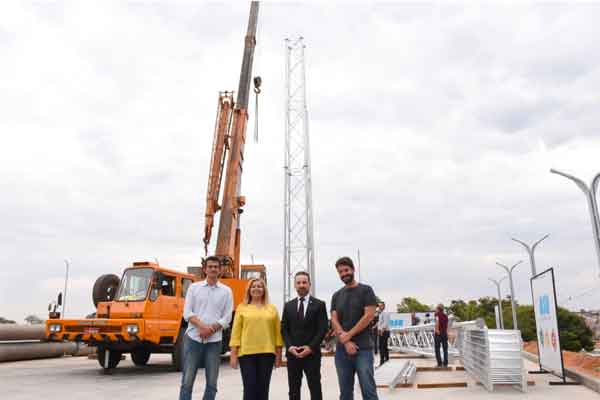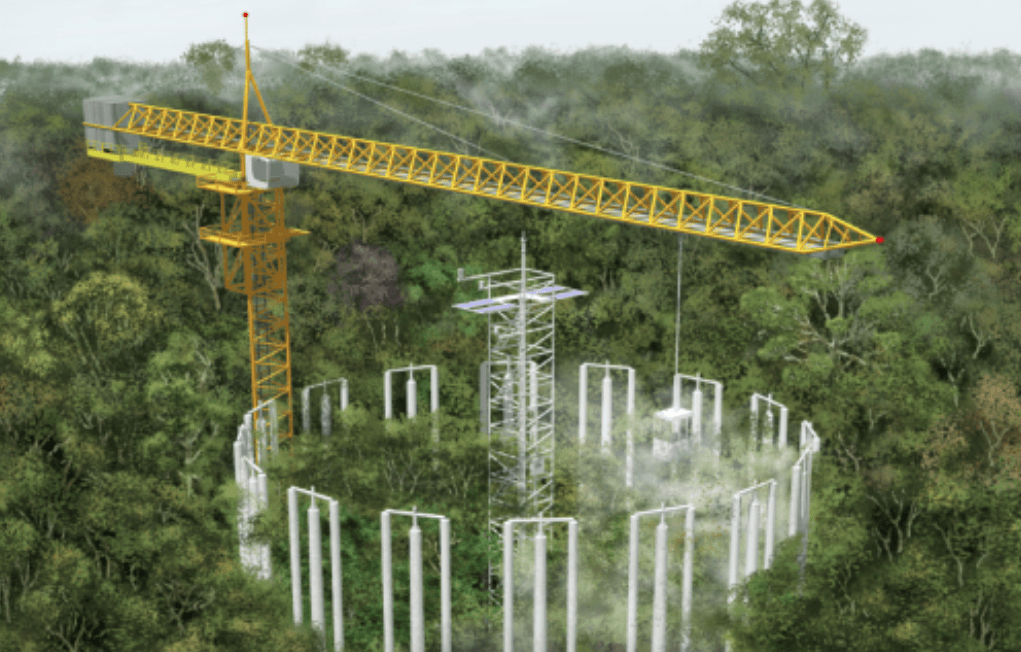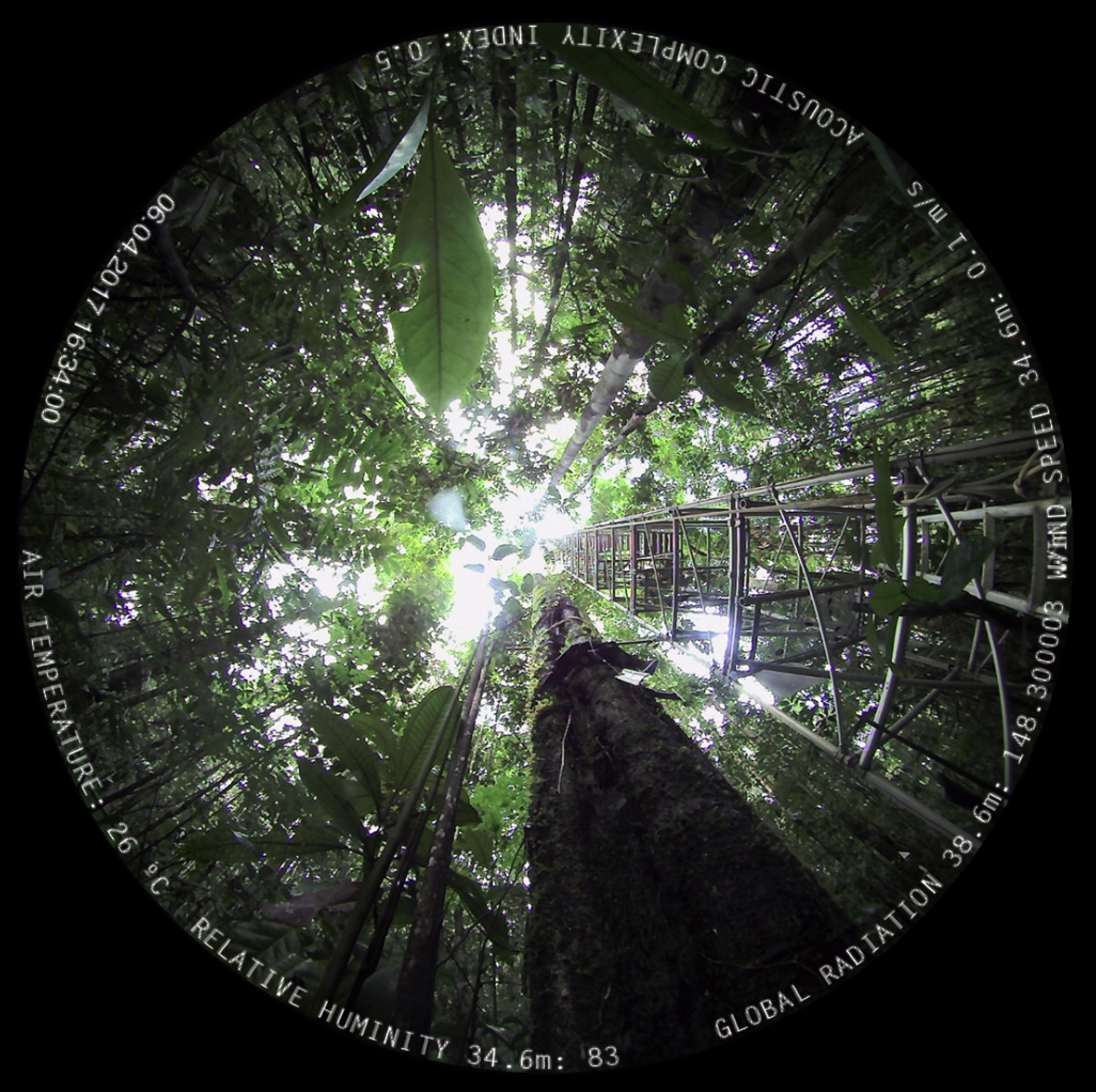
Rapid changes in the Earth's climate caused by the burning of fossil fuels and deforestation pose a serious threat to the forests of the Amazon basin.




Rapid changes in the Earth's climate caused by the burning of fossil fuels and deforestation pose a serious threat to the forests of the Amazon basin.
The AmazonFACE experiment is composed of 6 FACE rings, 3 of which are treatment, with an atmosphere enriched in CO 2 , and the other 3 rings are control, with ambient air aspersion, that is, without increasing the atmospheric concentration of CO 2 .

AmazonFACE is an innovative project to understand how the Amazon Rainforest can respond to climate changes predicted for the coming years. It will be one of the largest open-air laboratories in the world, and will address a critical gap in international climate science research.

O AmazonFACE é um programa de pesquisas científicas que busca resolver uma das maiores fontes de incerteza em relação ao futuro da Amazônia: “Como o aumento de CO2 atmosférico afeta a floresta amazônica, a biodiversidade que ela abriga e os serviços ecossistêmicos que ela fornece à humanidade?” O pivô central do programa é um experimento de campo de alcance sem precedentes que irá expor uma área da floresta madura na Amazônia a uma concentração de CO2 50% maior que a encontrada atualmente na atmosfera.
The central feature of the program is a field experiment of unprecedented scope that will expose an area of mature rainforest in the Amazon to a predicted future CO 2 concentration at a research station near Manaus, Brazil, using technology “ Free-Air CO 2 Enrichment” (FACE). Greater knowledge about the functioning of the world’s largest rainforest in light of climate change and the use of that knowledge to guide regional policies on mitigation and adaptation to climate change are part of the legacy the program seeks to establish.
Cycling of nutrients, particularly nitrogen and phosphorus within the FACE rings and how a lack of phosphorus in the soil can limit forest response to increased CO 2 .
Increased atmospheric CO 2 can affect stomatal conductance and transpiration in trees, altering the flow of moisture from the forest to the atmosphere.
Being the first FACE in a hyperdiverse ecosystem, it is of paramount importance to understand how the response to elevated CO 2 varies for each species or functional type of tropical plant.
The increase in atmospheric CO 2 and climate change can impact the provision of ecosystem services by the forest for populations in the Amazon region and the world.
Make use of computational vegetation models from the beginning of the experiment to formulate hypotheses and also use field data to better parameterize and evaluate projections derived from these models.
